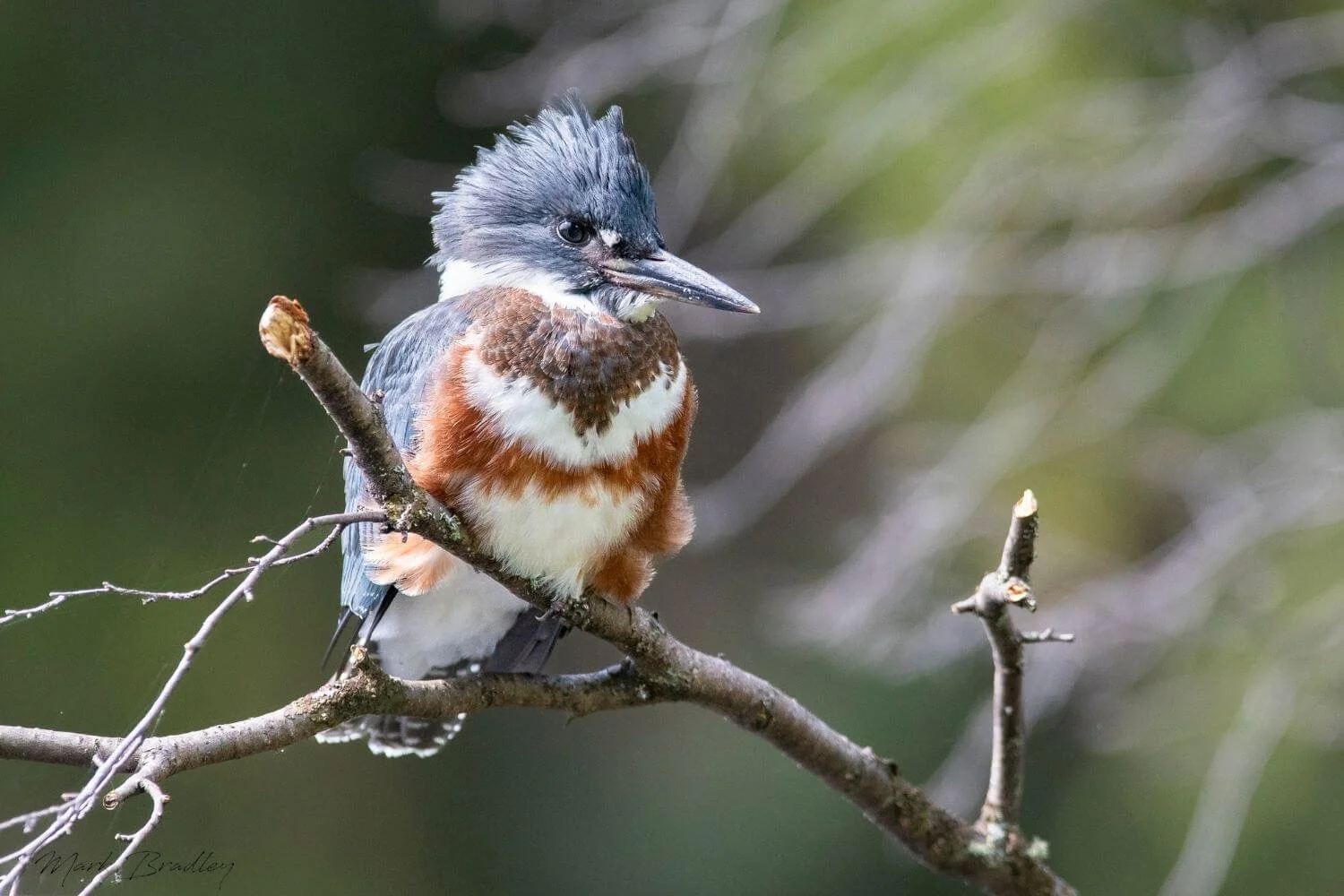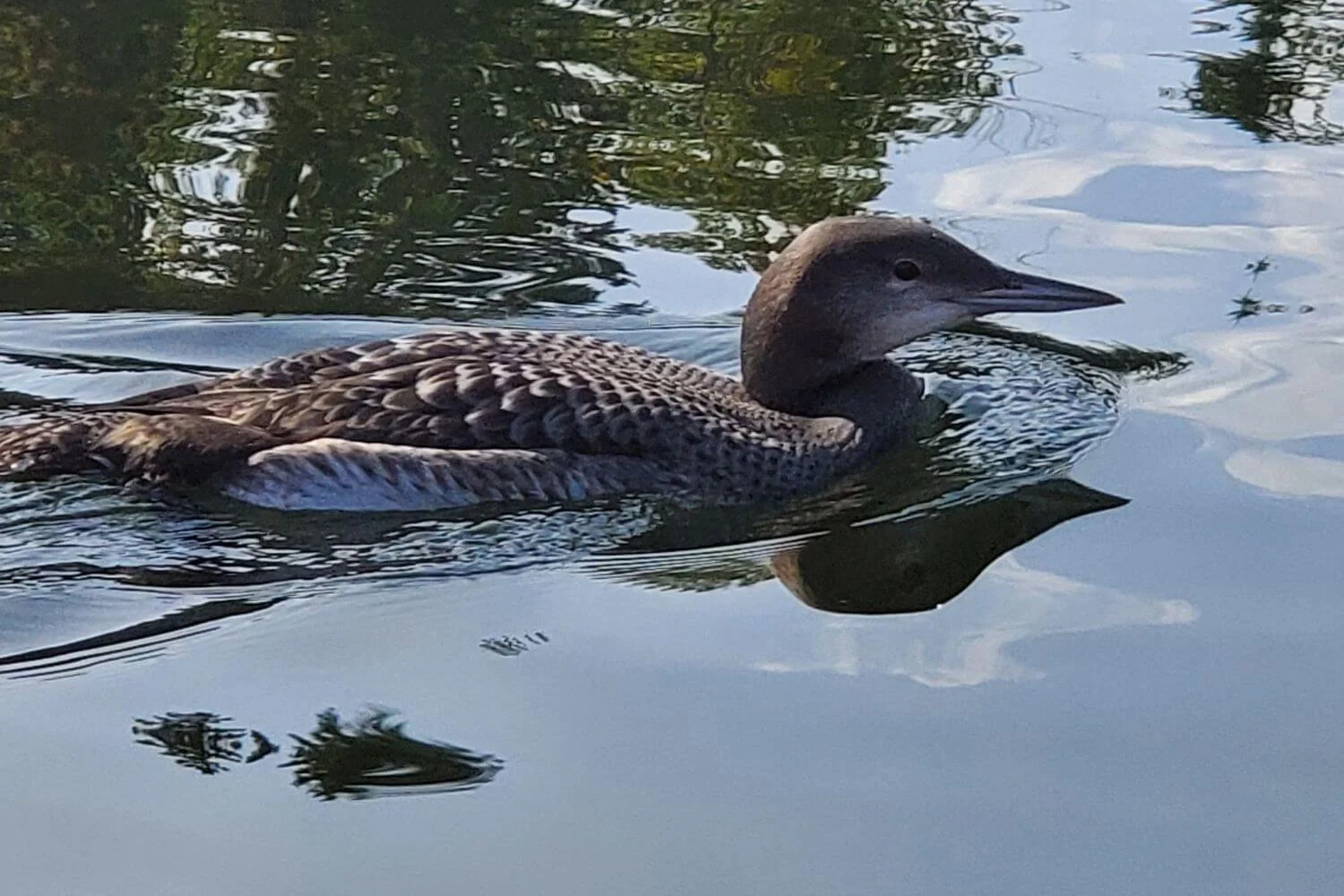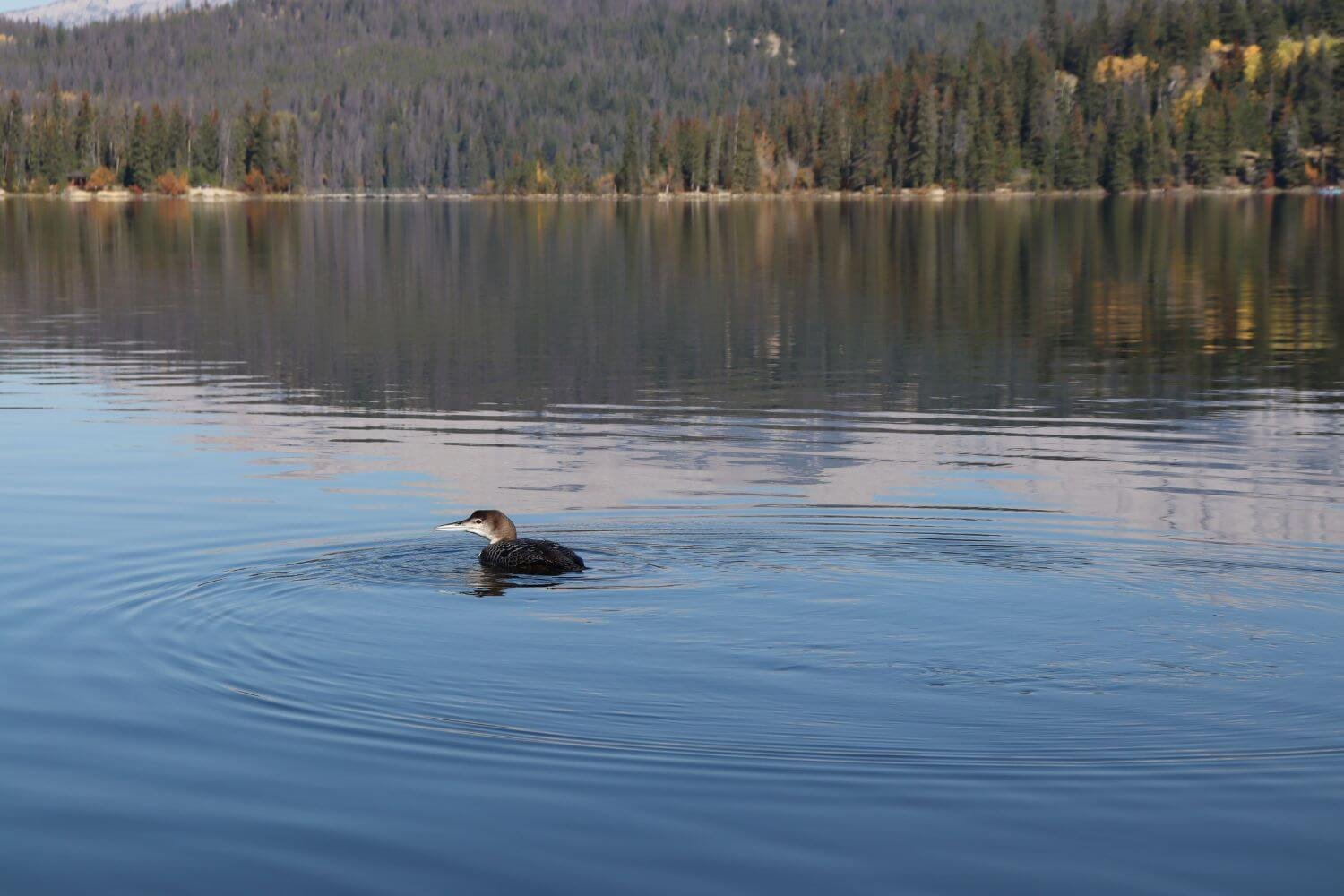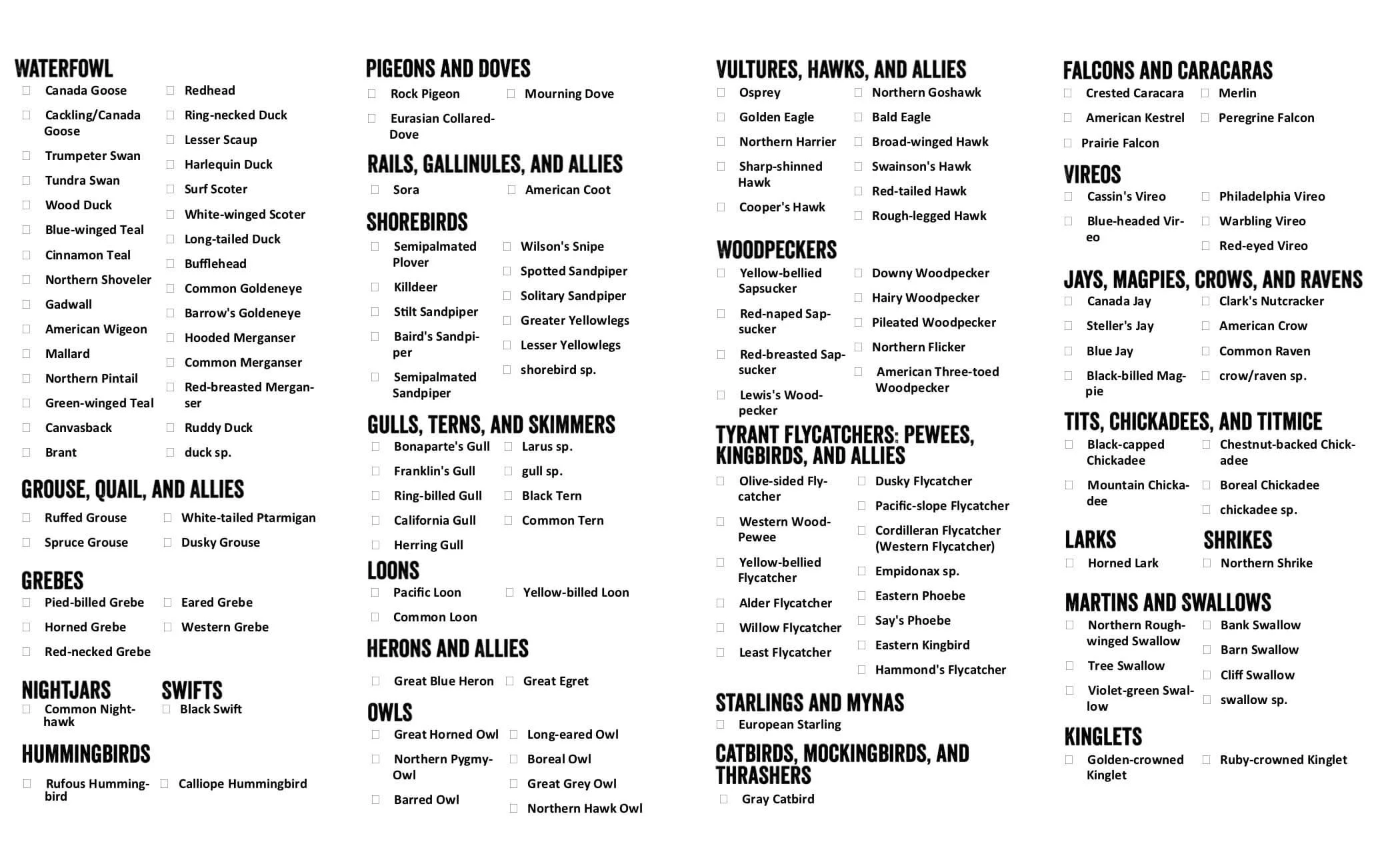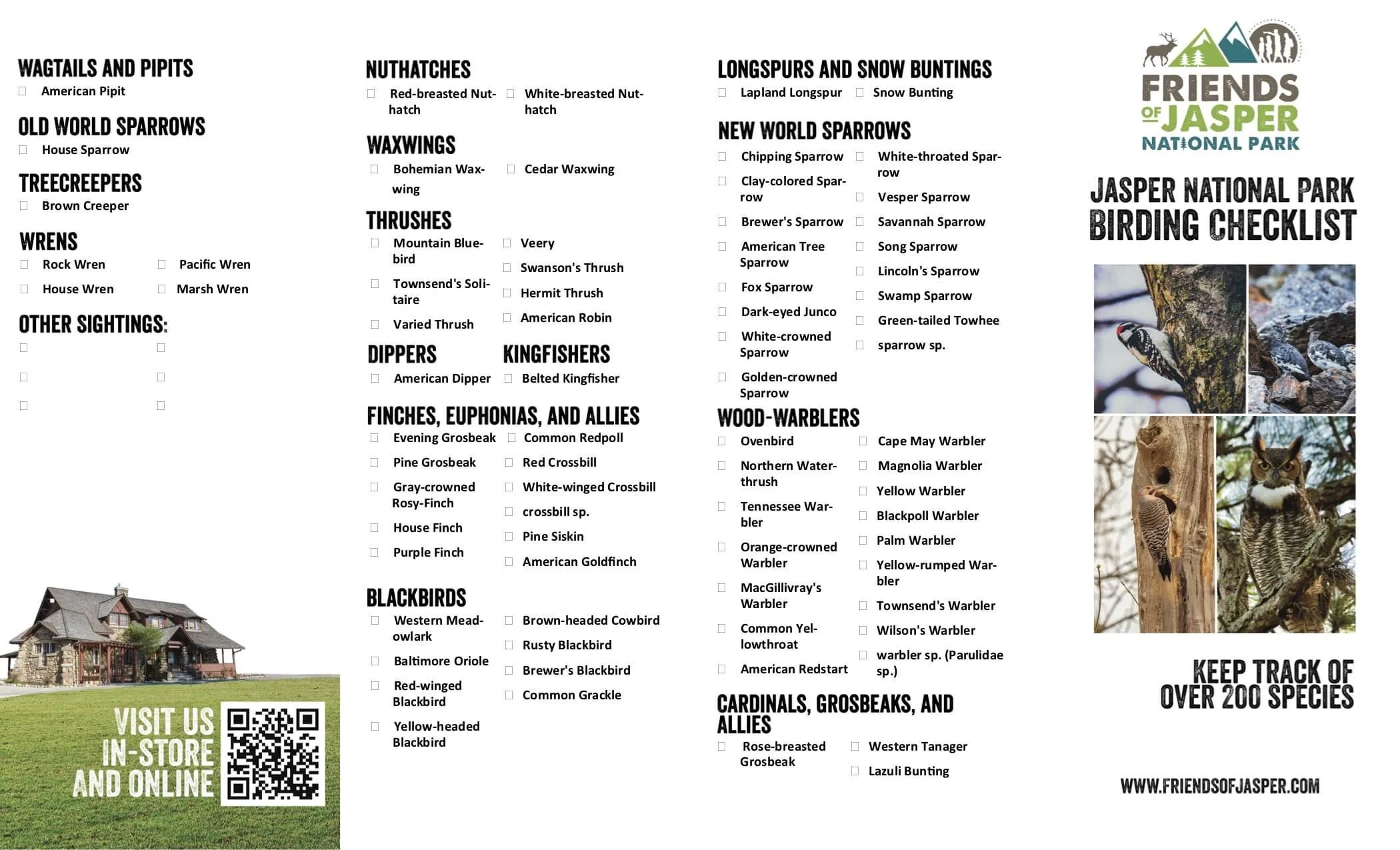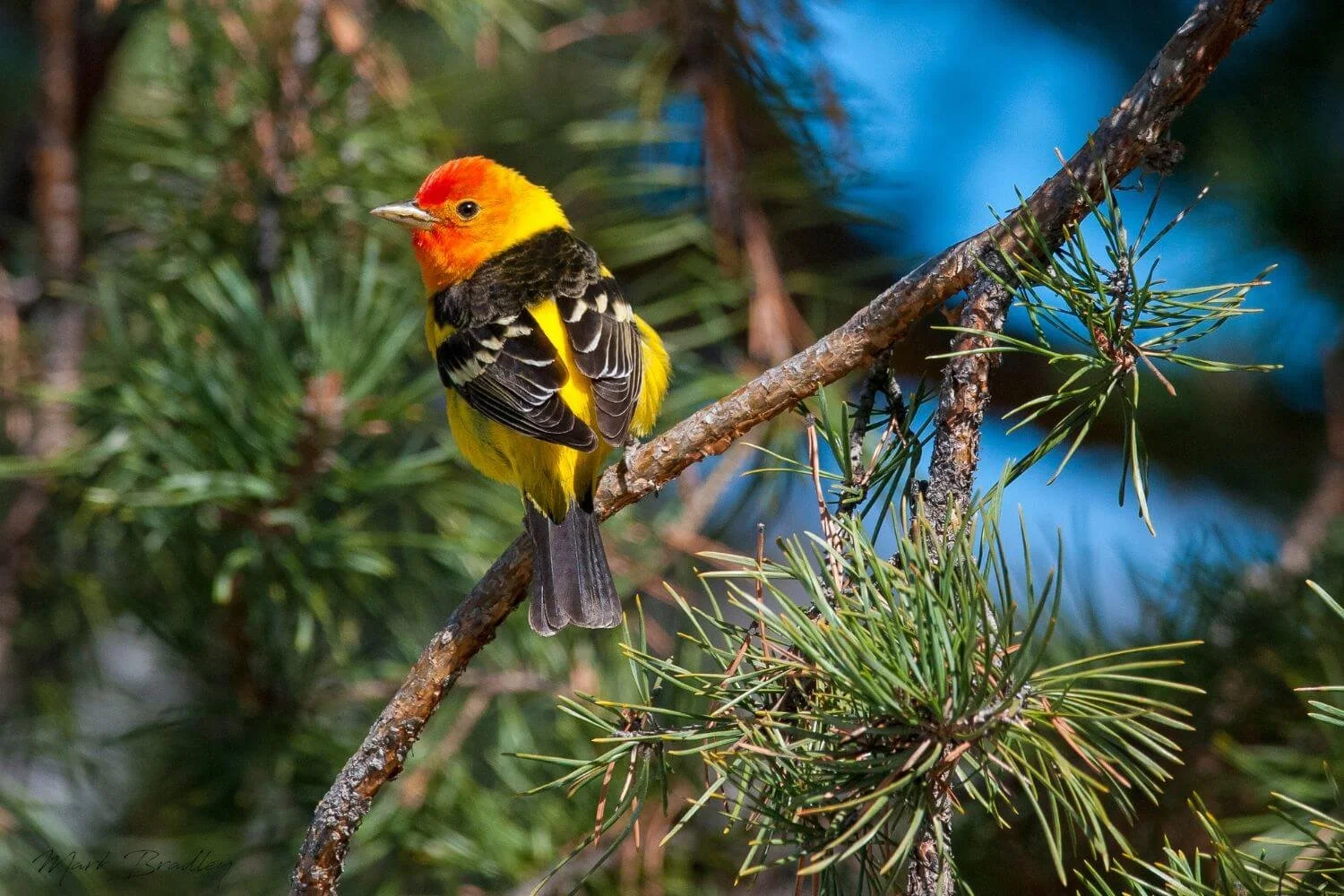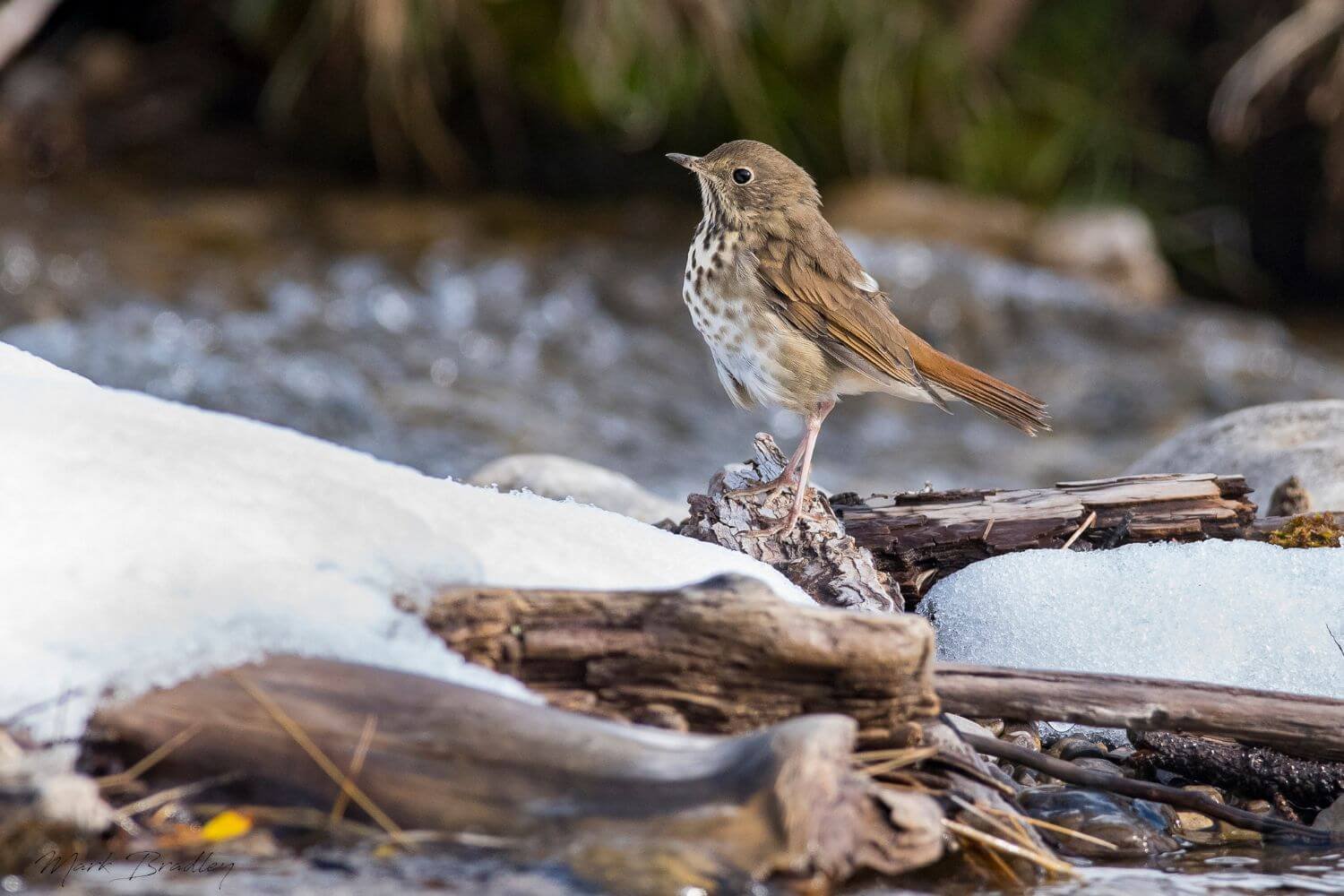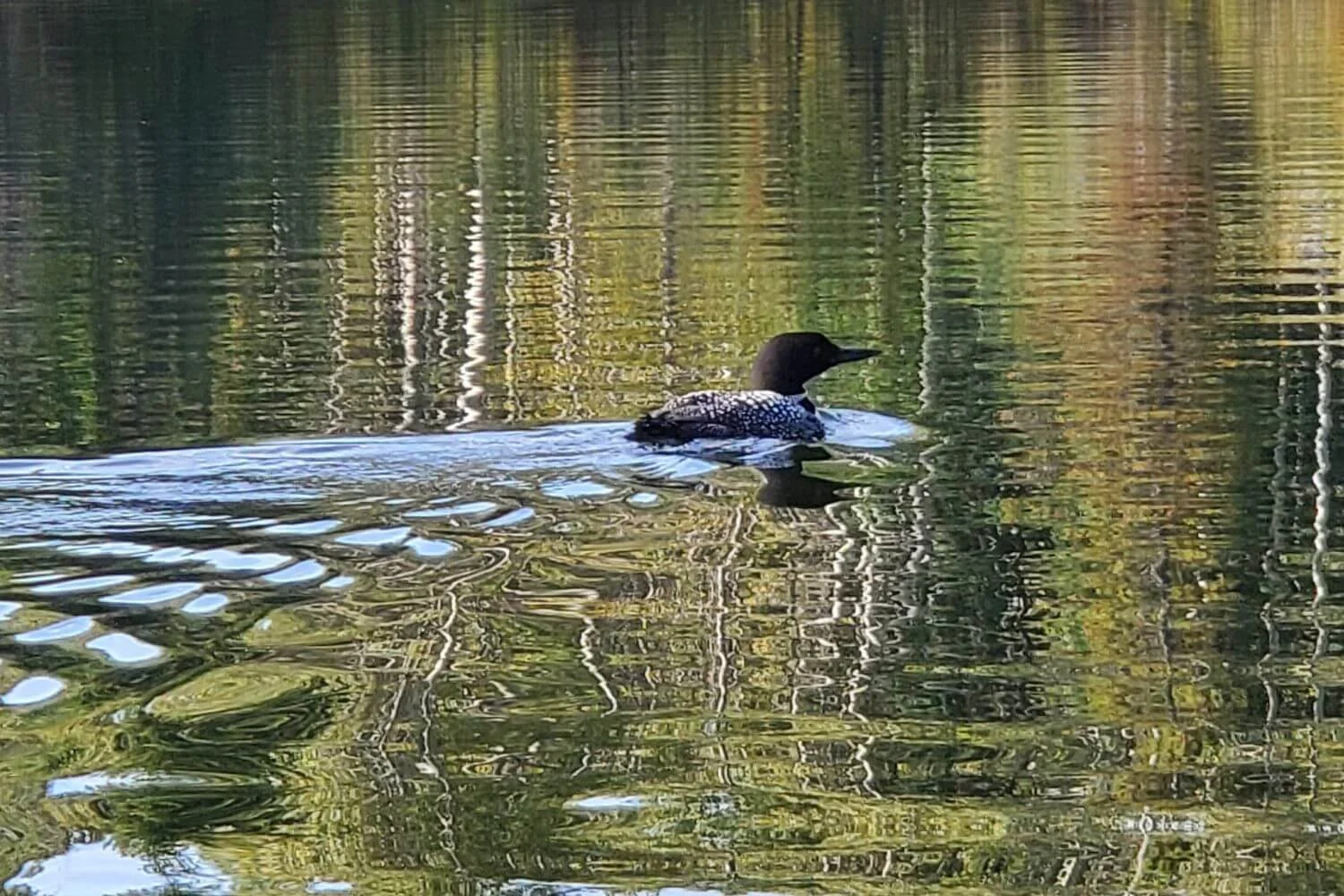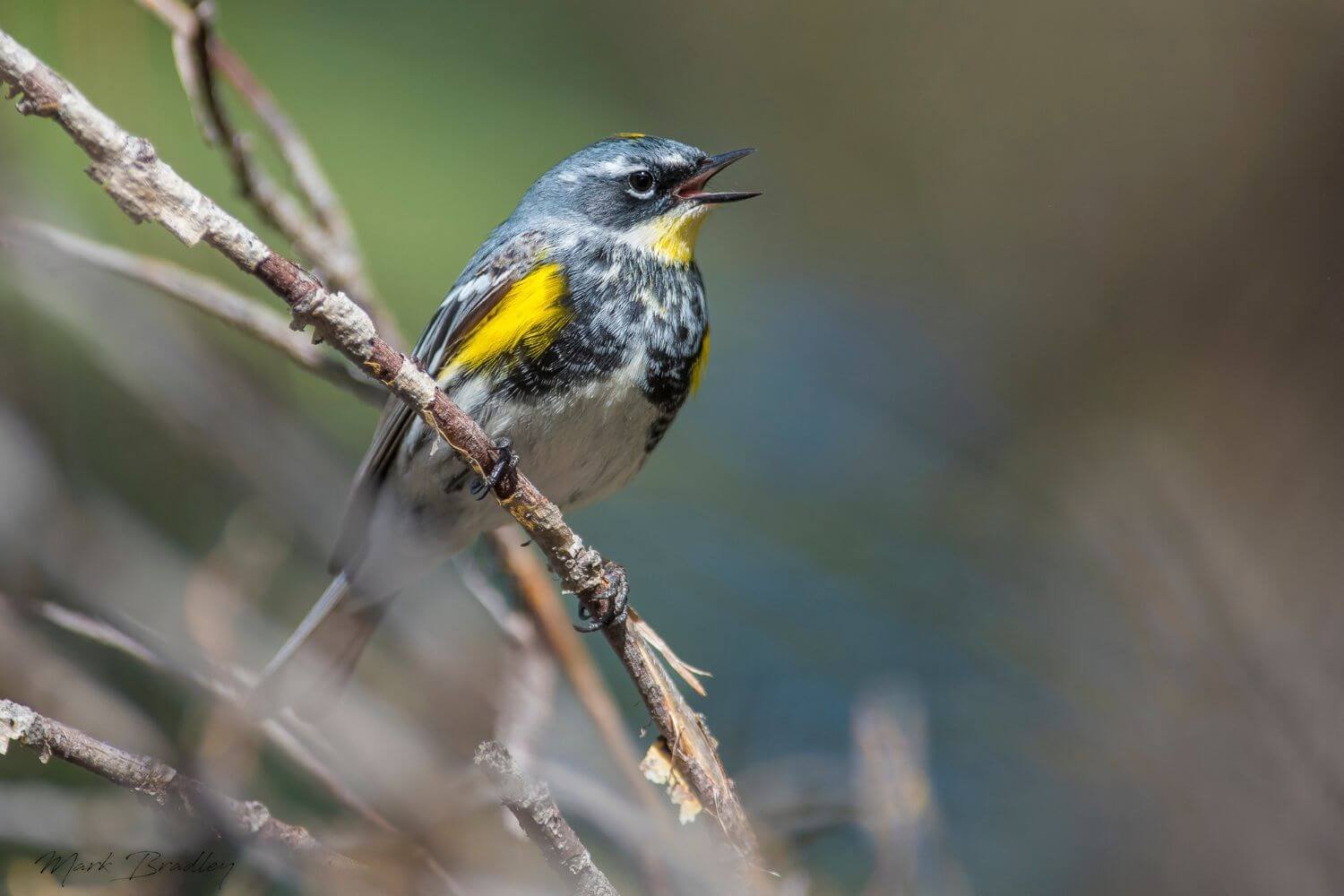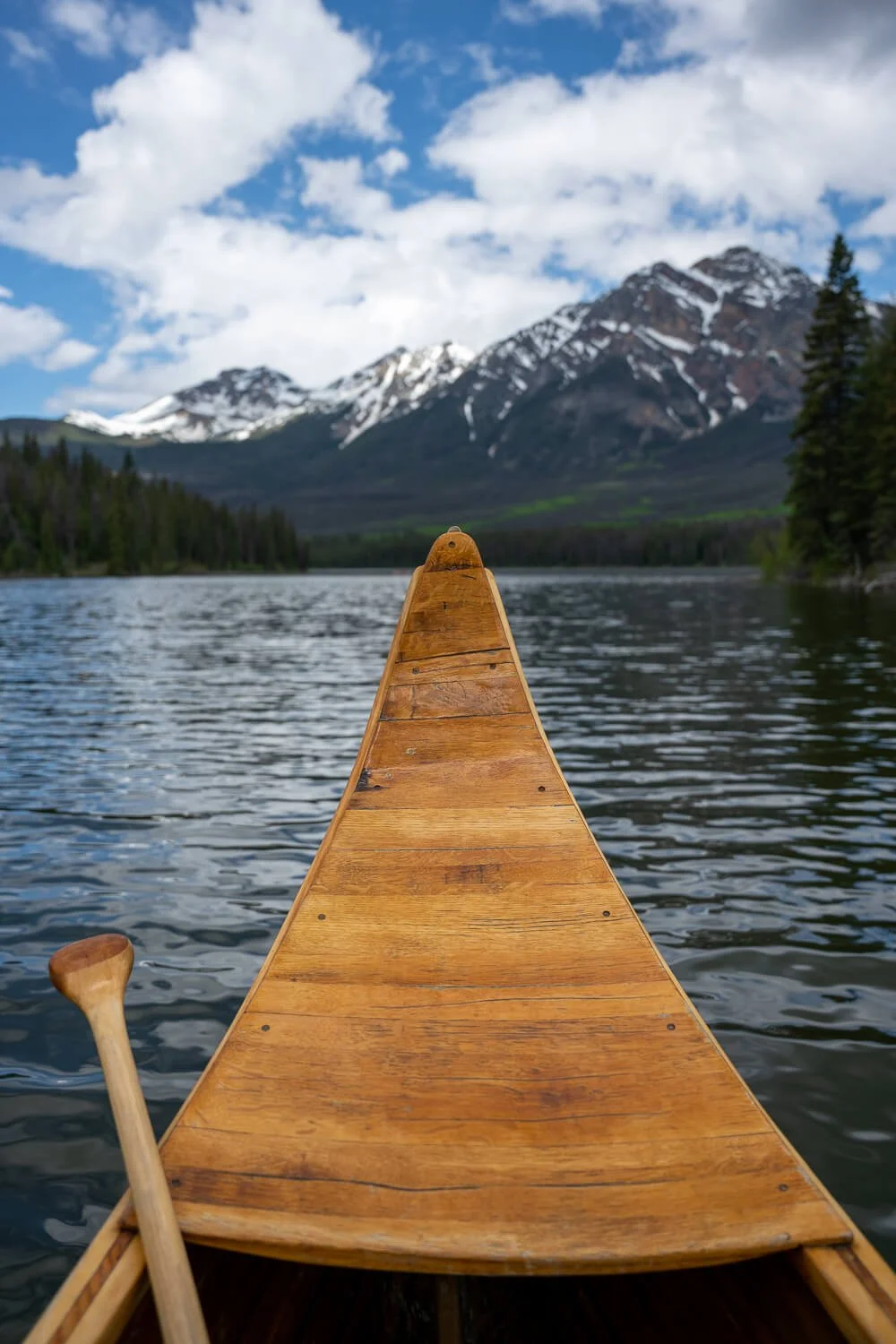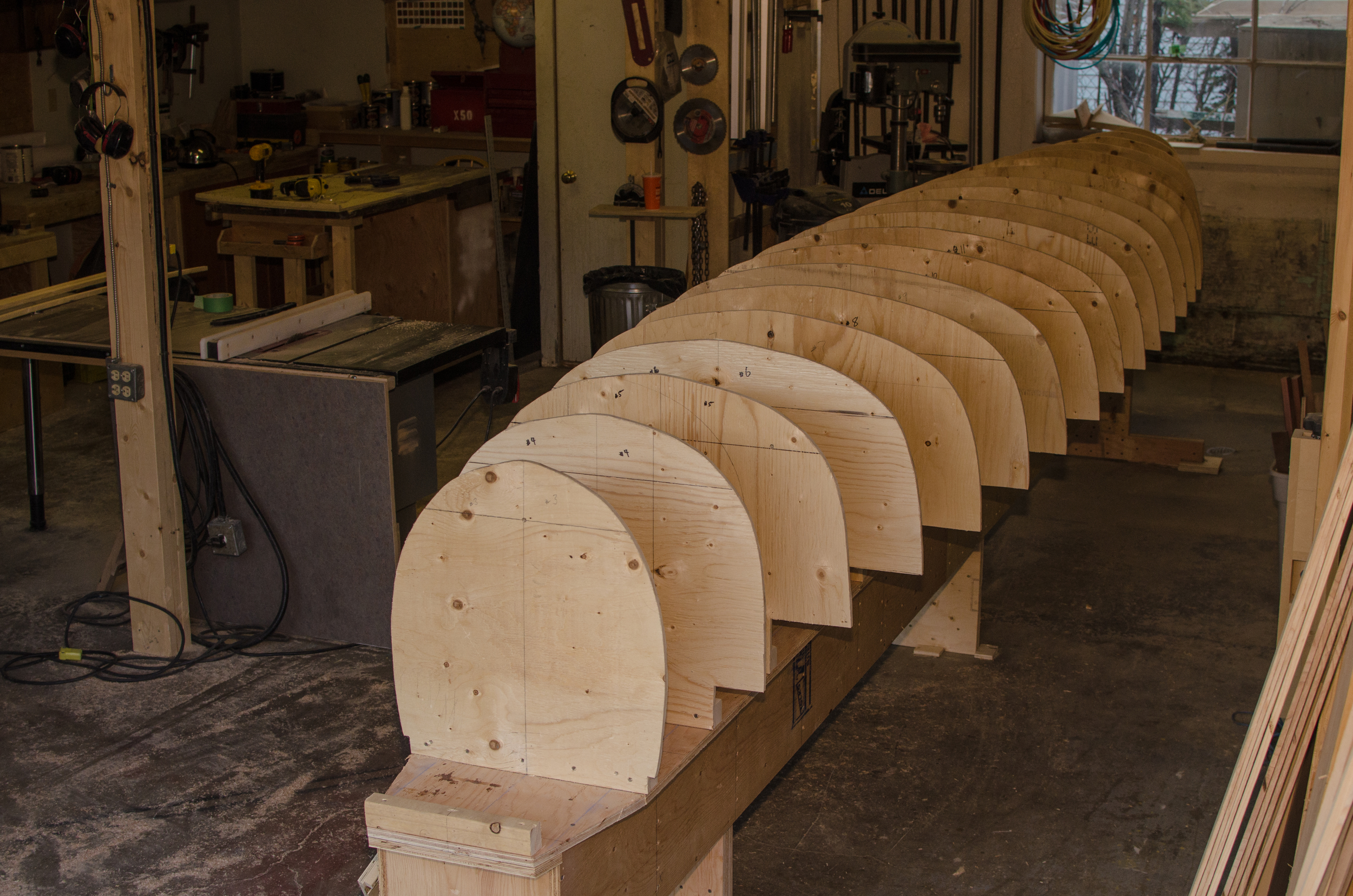Birding at Pyramid Lake With Wild Current Outfitters
/Jasper National Park is one of Canada’s largest National Parks and is a popular destination for nature enthusiasts and birdwatchers. One of the best ways to explore this natural wonder is by taking a Signature Canoe experience with Wild Current Outfitters.
Pyramid lake is a beautiful, serene lake located within Jasper National Park, and only 10 minutes from the Town of Jasper. This lake is home to a variety of birding species including bald eagles, ospreys, loons, greebs, as well as pine siskins, yellow rumped warblers, orange crowned warblers, wilson warblers, Tennessee warblers, sandpipers, Kingfishers, violet swallows, Northern Waterthrush, Robins, Canadian Geese, Red-tailed hawks, Hermit Thrush, and Rangers. Find a more detailed list below or in the Jasper birding checklist from Friends of Jasper National Park.
Birding at Pyramid Lake on Our Pyramid Lake Canoe Tour
Spring and early summer are some of the best times to see birds in Jasper National Park. As the weather starts to warm and the snow starts to melt, the number of bird species increases as well.
Birding Season - April
In April, the first signs of Spring are beginning to appear. Snow is starting to melt after a long winter, and we can start to hear the songs of the birds coming back to the National Park!
Birds you have a chance to see in April in Jasper National Park:
Robins
Pine siskins
Ruby Crowned Kinglets
Golden Crowned Kinglets
Canada Geese
Red-tailed Hawks
Hermit Thrushes
Savannah Sparrows
Tree Swallows
Ospreys
American Pipets
Kestrels
A variety of duck species
Amphibians are also starting to come out in April as well!
Birding Season - May
By the start of May, birders can expect to see a wide variety of bird species in Jasper!
Birds you may see in Jasper in May:
Robins
Yellow-rumped warblers
White Crowned Sparrows
Rufous Hummingbirds
Orange Crowned warblers
Sandpipers
Purple finches
Tanagers
Kingfishers
Loons
Northern rough-winged swallows
Bank swallows
Violet swallows
Grebes
Trumpeter and Tundra swans
Common yellow-throared warblers
Warbling vireos
Northern waterthrushes
Townsend solitaires
Chipping sparrows
Wilson warblers
Lincoln sparrows
Cedar waxwings
Yellow warblers
Tennessee warblers
Obviously, there are a ton of bird species in Jasper National Park to keep your eyes peeled for!
Jasper Birding Checklist from Friends of Jasper National Park - Page 1
Jasper Birding Checklist from Friends of Jasper National Park - Page 2
Birding in Jasper
At least 40 percent of birds in the world migrate, but in Jasper, the majority of birds here migrate. Two of Jasper’s champion migrators are the Blackpoll Warbler and the Swainson’s Thrush.
“I always feel lucky to see a Blackpoll, as I can no longer hear their high pitched call”.
Blackpoll Warbler
These remarkable birds, only 11g or 0.4 oz, migrate up to 20,000 km from South America to the North, as far as Alaska.
In the spring, they feed up on the coast before crossing the Gulf of Mexico and landing in Cuba a day or two later, another day to Florida, and a week later they are on their breeding grounds.
Migration and breeding timing are tied to food availability and insect hatches.
The Blackpoll Warbler has been recorded to lose as much as 60% of their weight! Their arrival is critically timed with the emergence of caterpillars, as they are very thin on arrival. They can put on as much as 2 grams of fat in 3 days, enough to make the 480 km or more back to their wintering grounds.
Swainson’s Thrush
The Swainson’s Thrush sweet song fills the forests of Jasper in the summer.
Each year, they migrate from Jasper and the Northern Boreal forests to the Amazon Basin and northern Argentina. At the Park’s nearby Monitoring Avian Productivity and Survivorship Banding Station, a Swainson’s Thrush has returned to the area to breed for more than twelve years!
Birding in a Canoe - One of the Best Ways to See Birds in Jasper
On our guided canoe tour at Pyramid Lake, you’ll be guided by experienced birding guides who are knowledgeable about local bird species and their habitat.
Listening for Bird Calls
During our canoe tour, we love to listen for bird calls. Although we may not see every bird that is around us, their calls are also a special treat. For the last two years, our guides have been using a birding app called Merlin. Merlin is an incredible tool for identifying birding calls and has been very useful and a lot of fun to use.
We highly recommend you download this app before your trip to the Rockies!
Looking for Birds
On the canoe tour, you will also be provided with binoculars and bird guidebooks to be able to participate in identifying the different species you have a chance to encounter.
The binoculars Wild Current Outfitters uses are 8x30 or 8x25 binoculars. Because light levels are not an issue, the first number (the 8) isn’t as important. The second number tells us the Field of View (how wide we can see). It’s best to have it as a 30 or less in order to have a wide feel of view.
So, Why is birding in a canoe the best way to go birding in Jasper?
Birding in a canoe allows you to sit quietly in the morning stillness and really absorb your surroundings. Plus, you can avoid the mosquitoes, making it that much more enjoyable! Overall, it's always fantastic to be in a canoe and an experience in itself. Birding in a canoe elevates the experience even more.
Being in a canoe also allows you to escape the crowds and paddle to a location where it can be just you and your canoe group - listening for birding calls and quietly trying to spot different bird species perched in trees, on the waterbank, or flying above us. All while being surrounded by stunning mountains on one of Jasper’s best lakes - it’s incredible!
Our Favourite Birds in Jasper National Park
Although there are so many amazing bird species in Jasper, we still have our favourites at Wild Current Outfitters!
Loons on Pyramid Lake
Loons are a group of aquatic birds found in North America and Eurasia. They are known for their distinctive calls and are often associated with remote lakes. They are excellent divers and swimmers and use their sharp beaks to catch fish and other aquatic prey. Their feathers are waterproof and are kept in good condition by oil secreted by their glands.
We are very fortunate on Pyramid Lake to have the opportunity to observe the life of the loon. We have had a pair of loons on the lake each year, which allows us to watch them raise their young and progress over the summer until they leave again in the fall.
Fun Fact: Loons cannot walk on land, and therefore need to build their nests near the water edge!
Paddle through the early morning mist of Pyramid Lake, and you will first hear their haunting calls before paddling closer and sitting quietly with our Loon family who have been returning for years.
These short distance migrators return from the West Coast in late April, live for 25 to 30 years, and have mating partners for 5 to 8 years. Loons defend their breeding areas aggressively by stabbing others with their bill (!!).
They have killed Bald Eagles, their arch enemy on Patricia Lake (3 minutes from Pyramid Lake). The essence of Canadian wilderness is a paddle with Loons calling, which makes them one of our favourite birds to see and hear on the lake.
Warblers
We also love to hear and see the Northern Water Thrush, as well as spotting any of the Warblers. Seeing a Warbler is very exciting as they like to be at eye level in the trees and brush along the shore, so being in a canoe makes it very easy to observe and see them.
The Yellow Throat Warbler connects Jasper National Park to South America, which highlights their remarkable ability as one of our smallest animals here and some of the longest migrators in the world!
They can double their weight then shrink their stomachs and fly 1000’s km in 3 to 6 days. The Yellow Throat Warbler has a dinosaur lung system, which allows them to have continuous oxygen over their lung tissues, so they can fly at 20,000 feet where there is less oxygen, but it’s easier to fly.
Did you know we also offer canoe rentals on Maligne Lake? Find out more about paddling and camping on Maligne Lake, or why there’s more to Maligne Lake than just Spirit Island.


